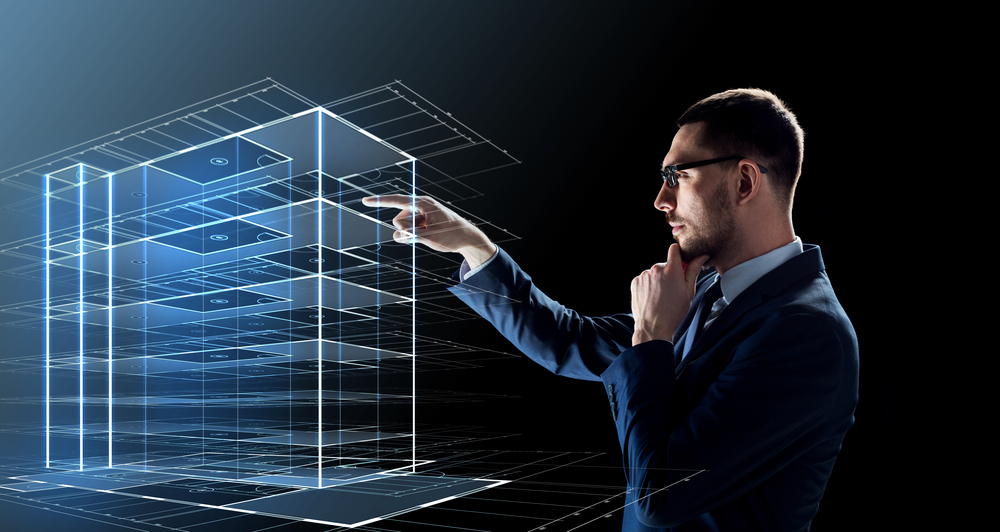The future of 3D architectural rendering combines innovation, realism, and interactivity. As technology progresses, rendering goes beyond merely producing stunning visuals; it focuses on providing immersive, data-driven experiences that improve design, communication, and decision-making. With the rise of AI, real-time rendering, and virtual reality, 3D architectural rendering is set to transform how we imagine and build the spaces of the future.
Shaping the Future of 3D Architectural Rendering
1. Real-Time Rendering:
Real-time engines such as Unreal Engine and Unity are changing the game in terms of rendering speed and quality. Designers can see changes to lighting, textures, or layouts immediately, which speeds up the design process and enhances collaboration.
2. AI Integration:
Artificial Intelligence is transforming rendering by taking over repetitive tasks, boosting photorealism, and creating textures, materials, and environments in just minutes. AI-driven tools also improve lighting simulations and minimize noise in renders.
3. Virtual and Augmented Reality (VR/AR):
The use of VR and AR is crafting immersive environments where clients can interactively explore designs. This technology allows for real-time feedback and improves decision-making for all stakeholders involved.
4. Cloud Rendering:
The future is leaning towards cloud-based solutions that provide limitless computational power. Cloud rendering lessens the reliance on hardware, enabling faster and more efficient processing of complex projects.
5. Sustainability-Focused Design:
Rendering tools are now integrating data analysis to simulate environmental factors such as energy consumption, lighting efficiency, and the incorporation of green spaces, encouraging eco-friendly architecture.
6. Hyper-Realistic Visuals:
Upcoming rendering engines will elevate photorealism, producing visuals that are almost indistinguishable from actual photography. Advanced techniques like ray tracing and global illumination will be crucial in this progression.
7. Procedural Modeling and Automation:
Parametric design tools and procedural modeling will allow architects to create intricate geometries and adaptable designs that can be visualized in real-time.
The Vision Ahead
The future of 3D architectural rendering is vibrant, intelligent, and focused on the client. Architects and designers will have access to groundbreaking tools to visualize, refine, and showcase their work. As rendering technology evolves, it will close the gap between imagination and reality, paving the way for innovative designs.

